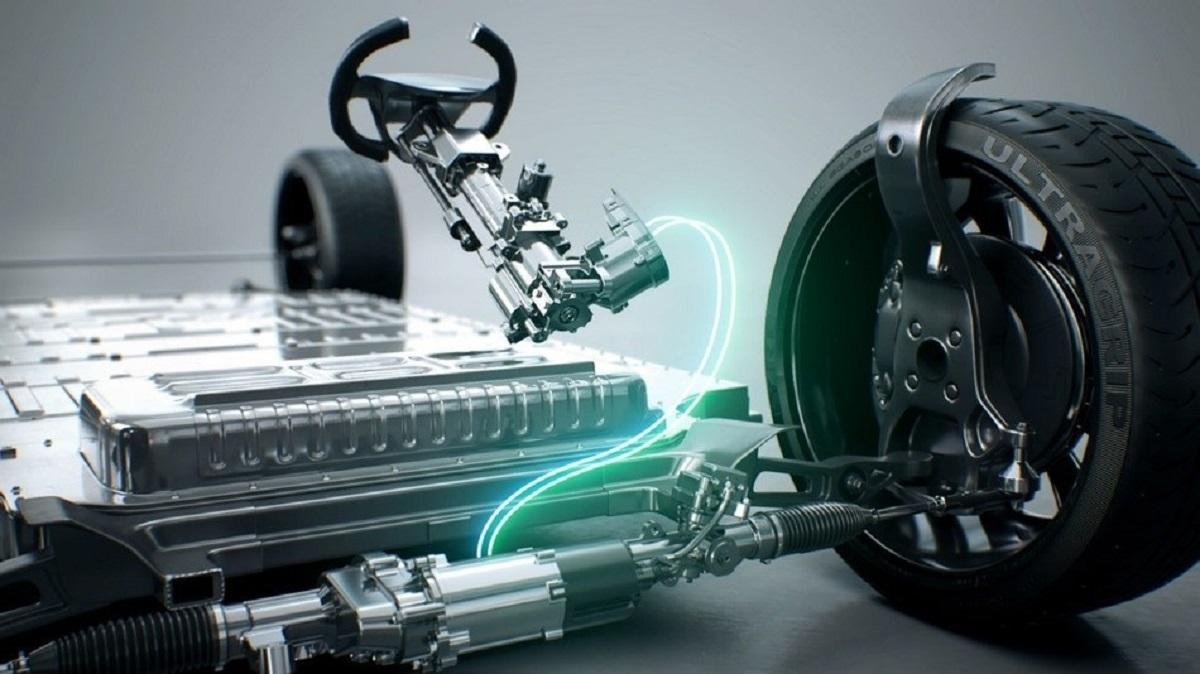The automobile industry has come a long way since the inception of the basic mechanical vehicles over a century ago. Today’s cars feature advanced driver assistance systems, connectivity options, and improved safety features. One of the major technological leaps forward has been the transition from traditional mechanical controls to electronic control systems popularly known as ‘Drive by Wire’.
What is Drive by Wire technology?
Drive by Wire or X-by-Wire refers to replacing the traditional mechanical linkage between the driver’s controls like the brake pedal, steering column, and throttle pedal with electrical signal processing. In a traditional vehicle, these controls are directly mechanically linked to systems like the brakes, steering, and engine throttle. In a Drive by Wire system, the driver inputs are converted into electrical signals that are processed by onboard computers which then control the corresponding systems electronically rather than mechanically.
Various Drive by Wire systems
Some of the prominent Drive by Wire systems currently used in vehicles are:
– Brake-by-Wire: In this system, the brake pedal is not directly connected to the brakes through hydraulic lines. Instead, it sends an electrical signal to an Electronic Brake Force Distributor that controls the hydraulic pressure and braking force at each wheel electronically. This allows for improved stability control and brake-by-wire features.
– Steer-by-Wire: Here, the steering wheel is not mechanically connected to the steering gear and wheels. It uses sensors to detect steering inputs which are converted into electronic signals to control an electric motor for steering assist. This facilitates features like automated parking.
– Throttle-by-Wire: In this, there is no direct mechanical linkage between the accelerator pedal and engine throttle. Sensors detect pedal position and an onboard computer modulates the throttle electronically for better engine control.
– Shift-by-Wire: In automated transmissions, the transmission gear shift lever simply provides input that is relayed electronically to actuate shift solenoids rather than using mechanical linkages.
Advantages of Drive by Wire systems
The transition to Drive by Wire technology allows automakers to develop safer, more efficient, and feature-rich vehicles. Some of the key advantages include:
Improved Vehicle Dynamics and Stability: By controlling each system electronically, Drive by Wire facilitates safety features like anti-lock braking, electronic stability control, and torque vectoring that optimize traction and stability.
Enhanced Driving Experience: The lack of physical linkages makes it possible to overlay different driving modes and features. For example, different brake feel and weight can be implemented through brake-by-wire.
Addition of Advanced Driver Assist Systems: Functions like automated parking, adaptive cruise control, lane keeping assist, and advanced emergency braking wouldn’t be possible without Drive by Wire technology.
Improved Fuel Efficiency: Precise electronic throttle control optimizes fuel injection for better engine performance and lower emissions. Drive by Wire also facilitates start-stop systems and recoverable braking energy.
Simplified Vehicle Design: With Drive by Wire, bulkier mechanical components can be eliminated, freeing up interior space. Fewer linkages also make maintenance and repairs easier.
Future development of Drive by Wire technology
The potential of Drive by Wire technology is immense and automakers are aggressively working towards advanced autonomous vehicle systems. Some key developments in the future will include:
Fully Autonomous Steering and Acceleration/Deceleration: Advanced sensors and processors will allow vehicles to fully steer, slow down, and accelerate automatically without any driver input. This paves the way for true self-driving vehicles.
Advanced Human-Machine Interfaces: Intuitive interfaces like gesture control, augmented reality heads-up displays, and advanced tactile feedback will improve the driver experience in assisted vehicles.
Vehicle-to-Everything Communication: Vehicles will communicate with each other (V2V) and infrastructure (V2I) using technologies like 5G to Coordinate for optimal traffic flow, road safety, and autonomous capabilities.
Redundant Control Systems: Complex Drive by Wire systems will feature redundant encoding and self-diagnostics to achieve the reliability needed for unmanned autonomous vehicles.
Over-the-air Updates: Driveline components and vehicle electronic control units will support remote software updates to continuously enhance functionality, fix issues, and add new features throughout the vehicle’s lifespan.
Drive by wire is indeed set to transform the automotive industry and driving experience in the coming years. While a lot of technological challenges remain to achieve truly autonomous vehicles, Drive by Wire will continue to enable advanced driver aid systems that make transportation safer, greener, and more enjoyable for all. The future looks bright for this revolutionary shift away from traditional mechanical controls.
*Note:
1. Source: Coherent Market Insights, Public sources, Desk research
2. We have leveraged AI tools to mine information and compile it

